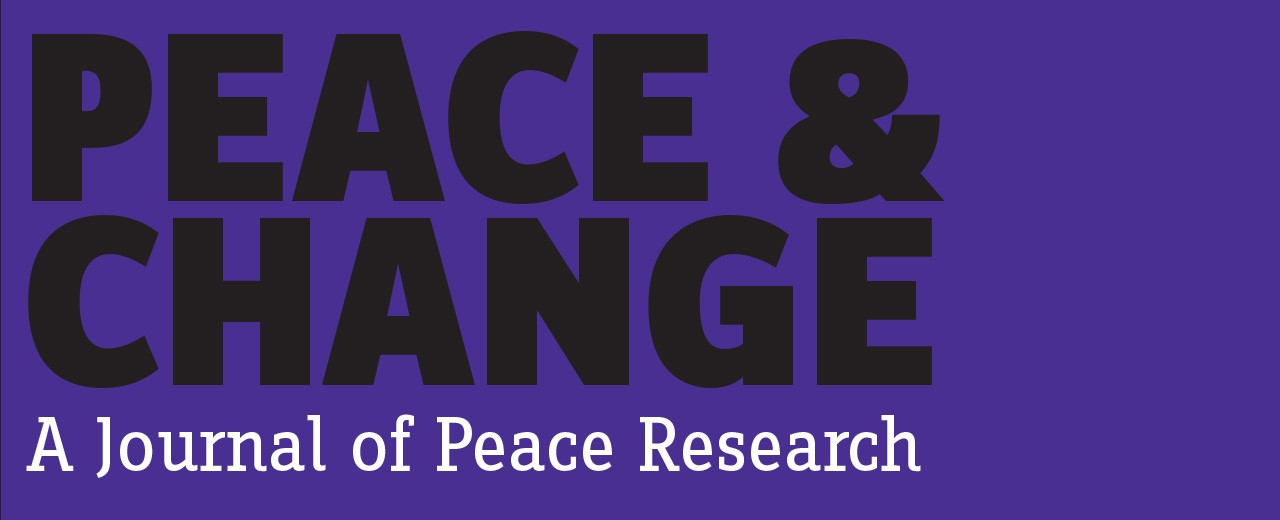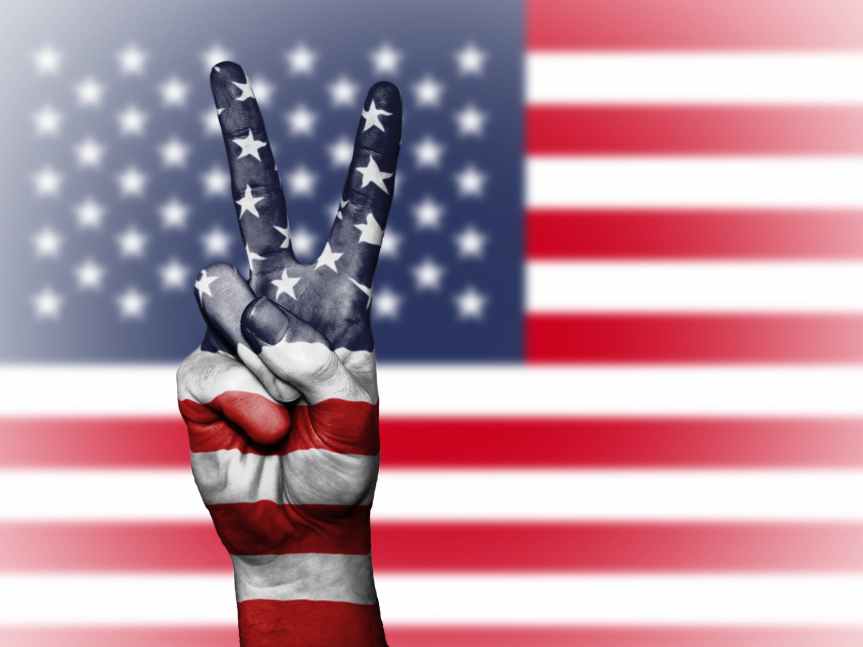By Roger Peace
The United States today appears to be on a permanent war footing. U.S. troops remain in Afghanistan and Iraq in a never-ending “nation-building” project. The U.S. conducts covert and overt military operations throughout the Greater Middle East and Africa. The U.S. maintains about 800 military bases in over 70 countries. The U.S. military budget is larger than that of China, Russia, Saudi Arabia, India, France, the United Kingdom, and Japan combined. Most Americans, as well as both major political parties, have come to accept this outsized military role in the world as normal and necessary.
To understand how the U.S. arrived at this permanent warfare state, it is helpful to travel back a century to examine how and why the U.S. became involved in World War I. This war was significant, among other reasons, because it helped give birth to the military industrial complex and dependency of the U.S. economy on military spending; because it was underlain by secrecy and an elaborate propaganda campaign of the kind we have also seen in our contemporary era; and because it established the ideological formula for justifying U.S. foreign policies and wars that has continued to the present.
The latest essay on the “Peace History” website (U.S. Foreign Policy History & Resource Guide), authored by Charles Howlett, Jeremy Kuzmarov, and Roger Peace, looks deeply into the origins of U.S. involvement in this war and unpacks President Woodrow Wilson’s idealistic justifications for it. The essay covers a number of themes:
- how President Woodrow Wilson moved, step-by-step, toward U.S. entry into the war, all the while presenting himself as an apostle of peace;
- the wide gap between the president’s grandiose idealism and actual policies and practices;
- the horrors of modern warfare, in which modern weapons produced such high levels of destruction, death, and misery that war itself became an atrocity;
- wartime repression, propaganda, and vigilantism on the home front, which undermined the foundations of democracy;
- the seduction of liberal intellectuals in the service of war;
- conscription, draft resistance, and the treatment of conscientious objectors;
- the struggles of the peace movement to maintain U.S. neutrality, resist militarism, and survive wartime repression.
This essay also investigates U.S. geopolitical power interests operating beneath the veneer of idealism, following the lead of authors such as Robert E. Hannigan and Thomas Fleming. It would appear that President Wilson had three essential goals as the Great War unfolded in Europe: (1) to assure that Great Britain and France would emerge as the victors; (2) to enable the United States to play a significant role in the construction of the postwar world order; and (3) to establish the U.S. as a major world power, equal to or greater than the imperial nations of Europe.
To ensure victory for the Allied Powers, the U.S. provided Great Britain and France with arms and aid during its 32 months of official neutrality; accepted the British blockade of Germany but vehemently protested the German submarine cordon around the British Isles; declined opportunities to join with other neutral nations in mediating the conflict; and undertook secret negotiations to bring the U.S. into the war under the false pretense of holding a peace conference. Wilson made a choice for war. Even after Germany began its unrestricted submarine warfare in the waters surrounding the British Isles in February 1917, Wilson could have avoided war by prohibiting U.S. ships and citizens from traveling in declared war zones, as suggested by Senator George Norris and others.
The fact that the United States itself was not in any danger of attack meant that the most reliable justification for war, national self-defense, was lacking. The president thus chose to frame German attacks on U.S. merchant ships as an attack on America’s “honor” and, more broadly, as “warfare against mankind.” He further embellished his justifications for war by stating that the U.S. would fight for “the rights of all mankind” and that “the world must be made safe for democracy.” That the U.S. had no pressing national self-interest at stake was spun into a virtue by declaring that the U.S. had “no selfish ends to serve.”
President Wilson used these idealistic justifications to sell the war to the American people. Over the next century, other presidents would do likewise, espousing righteous idealism to justify every kind of war and intervention. While other presidents before and after have engaged in rhetorical obfuscations, Wilson’s were more significant, as he laid the basis for America’s future global role.
As with all the essays on the website, this essay is written for students and the general public. It is introduced with a 12-point “Did you know?” section to stimulate interest. It is organized thematically, with each section containing subheadings to highlight main issues. The essay includes 163 images to enliven the narrative and offers occasional summaries when a complex set of factors is discussed. Extensive endnotes allow for verification of information and identify primary and secondary sources. Additional resources are noted in a linked Resource page, which also lists the number of pages in each section of the essay, should professors, instructors, and teachers wish to assign all or part of this 62,500-word essay.
Information about the value-based perspective of the website can be found on the Home page. The website is unique in seeking to integrate three academic approaches: progressive “revisionist” history (critiques of foreign policy), interdisciplinary peace and justice studies (normative value orientation), and global/international history (non-nationalistic perspective). Its purpose from an educational vantage point is to assist in the cultivation of critical evaluation skills, such that questions of right and wrong, truth and lies, justice and injustice are not excluded from curricula but placed at the center of discussion and debate. I hope that educators will find the essays useful in this regard.
The U.S. Foreign Policy History & Resource Guide website is sponsored by the Peace History Society and the Historians for Peace and Democracy.

